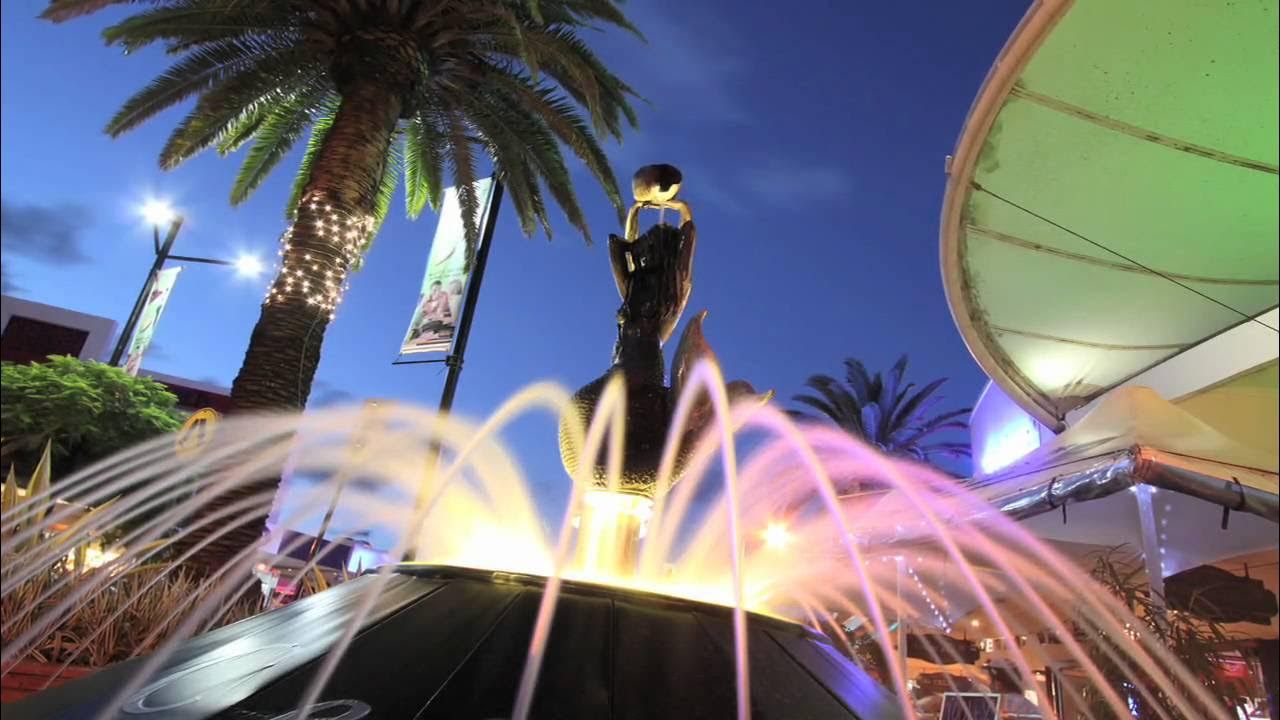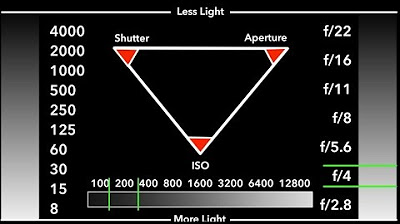APERTURE, SHUTTER SPEED AND ISO/ THE EXPOSURE TRIANGLE MADE EASY!
Summary
TLDRIn this video, Viv from Studio Bib breaks down the core elements of photography exposure: aperture, shutter speed, and ISO, collectively known as the exposure triangle. She explains how aperture controls light and depth of field, shutter speed influences motion blur and freezing action, and ISO adjusts digital sensitivity and noise. Viv also covers how to evaluate proper exposure using a histogram and offers tips for balancing these settings to capture well-exposed images. Whether you're a beginner or looking to refine your technique, this video provides valuable insights for better photography.
Takeaways
- 😀 Aperture controls the amount of light entering the camera and affects depth of field, with lower f-stop numbers creating a blurry background and higher f-stop numbers keeping more of the image in focus.
- 😀 Shutter speed determines the duration of light exposure on the camera sensor, impacting the image's brightness and whether motion blur is captured or if the motion is frozen.
- 😀 A slower shutter speed, like 1/80 or 1/50, results in a brighter image with potential motion blur, useful for conveying movement.
- 😀 Faster shutter speeds, like 1/1000 or 1/2000, capture sharp images of fast-moving objects but create darker photos due to less light exposure.
- 😀 ISO controls the digital sensitivity of the camera's sensor to light, with lower ISO values (like 100) offering less noise, and higher values (like 1600) increasing noise in low-light conditions.
- 😀 A lower ISO is ideal for bright conditions, while a higher ISO is useful for low-light environments, but it may result in grainy images.
- 😀 The three main elements of exposure—aperture, shutter speed, and ISO—form the 'exposure triangle' and work together to control the final exposure of an image.
- 😀 To achieve the best exposure, start by adjusting aperture and shutter speed, then fine-tune the ISO to avoid excessive noise or grain.
- 😀 The histogram on your camera is a valuable tool for evaluating exposure, with a balanced graph indicating a well-exposed image.
- 😀 Learning how to read the histogram is essential, as images with graphs leaning left or right may still be correctly exposed depending on the desired effect or artistic choice.
Q & A
What are the three main elements that determine the exposure of a photo?
-The three main elements that determine exposure in photography are aperture, shutter speed, and ISO. These make up the 'exposure triangle' which collectively controls the amount of light entering the camera and how the image is captured.
How does aperture affect the depth of field in a photo?
-Aperture controls the depth of field, which refers to how much of the image is in focus. A smaller aperture (lower f-stop like f/1.4) creates a shallow depth of field, focusing on the subject and blurring the background. A larger aperture (higher f-stop like f/16) creates a deeper depth of field, where both the subject and background are in focus.
Why is a lower f-stop number (like f/1.4) useful in certain photography situations?
-A lower f-stop number, such as f/1.4, allows more light to enter the camera and creates a shallower depth of field. This is useful in portrait photography or close-up shots where you want the subject to stand out with a blurry background, also known as 'bokeh'.
What effect does a higher f-stop number (like f/16) have on the exposure and depth of field?
-A higher f-stop number, like f/16, reduces the size of the aperture, allowing less light to enter the camera. It increases the depth of field, making both the subject and background appear in focus. This is ideal for landscape or architectural photography where you want most of the frame to be sharp.
How does shutter speed impact the motion blur in a photo?
-Shutter speed determines how long the camera sensor is exposed to light. A slower shutter speed (e.g., 1/60 second) allows more light in but can create motion blur, useful for capturing movement like flowing water or fast-moving objects. A faster shutter speed (e.g., 1/1000 second) freezes motion, making the image sharper but darker.
What is the effect of a fast shutter speed on an image?
-A fast shutter speed, such as 1/1000 or 1/2000, allows less light to hit the camera sensor, resulting in a darker image. However, it freezes motion, making it ideal for fast-moving subjects like sports, wildlife, or splash photography.
How does ISO affect the exposure and quality of a photo?
-ISO controls the sensitivity of the camera's sensor to light. A low ISO (like 100 or 200) results in a cleaner, less noisy image but requires more light. A high ISO (like 1600 or 3200) increases sensitivity, making the image brighter in low light, but it also introduces more noise or grain into the photo.
What are the trade-offs of increasing the ISO in low light situations?
-Increasing the ISO in low light situations makes the camera sensor more sensitive to light, allowing you to capture brighter images. However, this also increases the amount of noise (grain) in the photo, which can reduce image quality. It’s important to balance ISO with aperture and shutter speed to avoid excessive noise.
What is a histogram, and how can it help in determining exposure?
-A histogram is a graphical representation of the exposure in your image. It shows how light is distributed in the photo, with dark tones on the left and bright tones on the right. An evenly balanced histogram, closer to the middle, indicates a well-exposed image, while histograms leaning too far left or right may indicate underexposure or overexposure.
What should you adjust first when trying to avoid noise in your images?
-To avoid noise in your images, start by adjusting your aperture and shutter speed first. This allows you to properly expose the image before increasing ISO. If necessary, adjust the ISO as a last resort, but be mindful that higher ISO can introduce noise into your photo.
Outlines

هذا القسم متوفر فقط للمشتركين. يرجى الترقية للوصول إلى هذه الميزة.
قم بالترقية الآنMindmap

هذا القسم متوفر فقط للمشتركين. يرجى الترقية للوصول إلى هذه الميزة.
قم بالترقية الآنKeywords

هذا القسم متوفر فقط للمشتركين. يرجى الترقية للوصول إلى هذه الميزة.
قم بالترقية الآنHighlights

هذا القسم متوفر فقط للمشتركين. يرجى الترقية للوصول إلى هذه الميزة.
قم بالترقية الآنTranscripts

هذا القسم متوفر فقط للمشتركين. يرجى الترقية للوصول إلى هذه الميزة.
قم بالترقية الآنتصفح المزيد من مقاطع الفيديو ذات الصلة

Introduction to Exposure

Canon EOS | Getting Started: Light Meter Tutorial

Understanding Exposure: The Exposure Triangle with Mark Wallace

What is ISO — Camera ISO and the Exposure Triangle Explained [Ep 2]

What is Shutter Speed — Camera Shutter and the Exposure Triangle Explained [Ep. 3]

80% Of Photography Basics In Just 10 Minutes
5.0 / 5 (0 votes)
